Day 12 - Tanushimaru And Strolling Around Hita Onsen, The Kyushu 108 Temple Pilgrimage, Japan







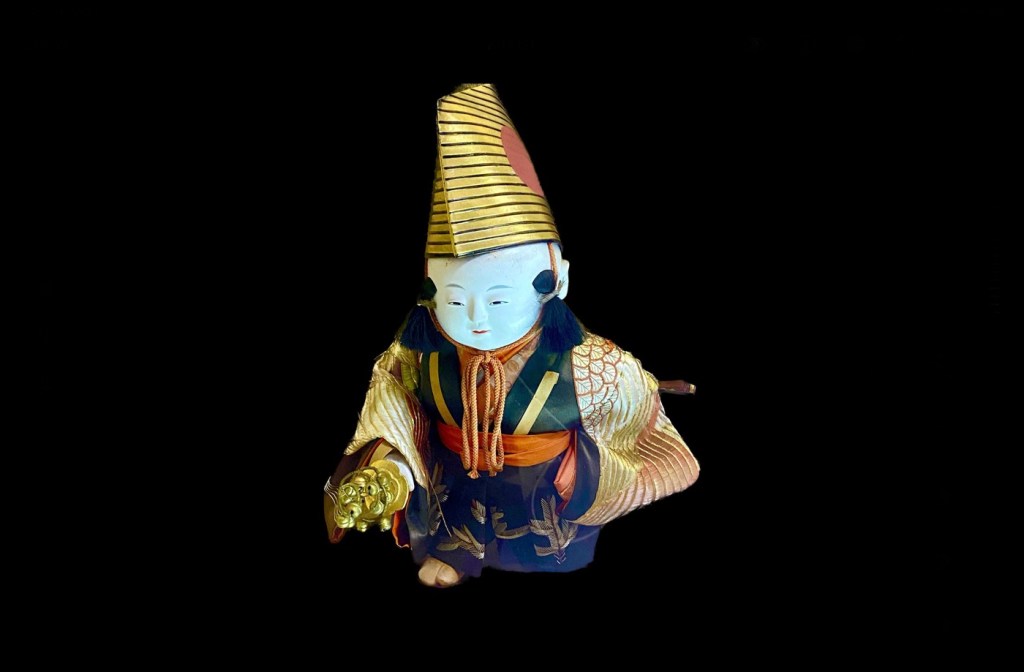






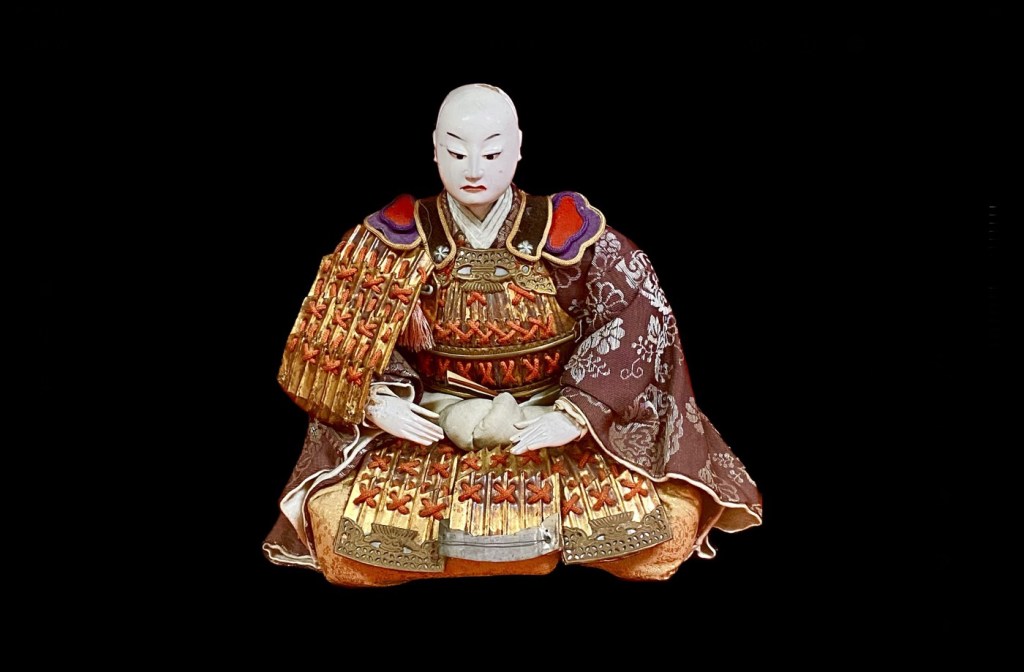
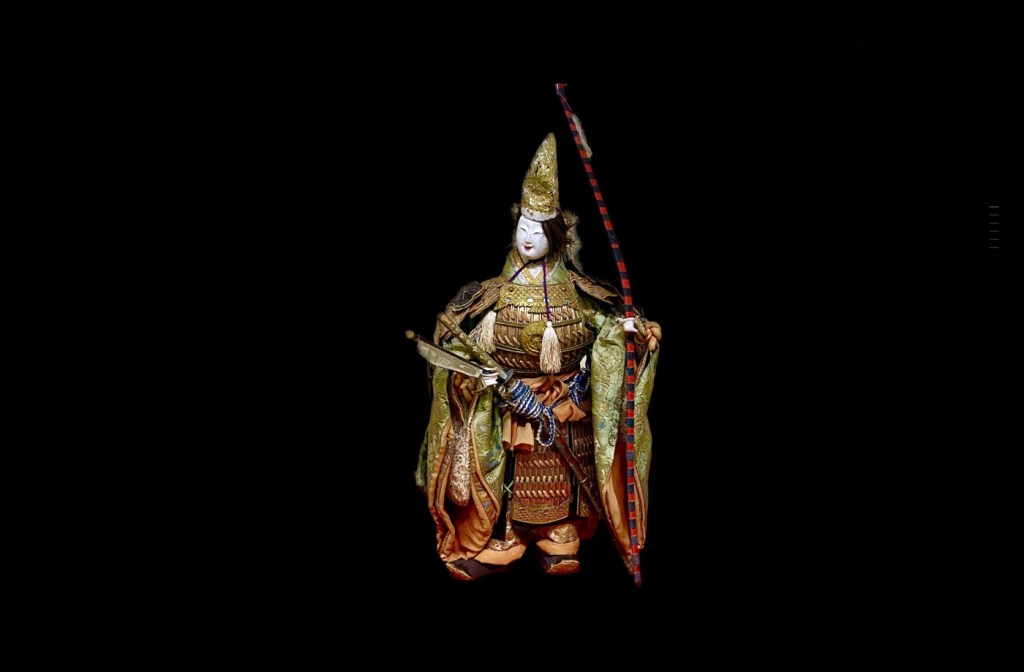


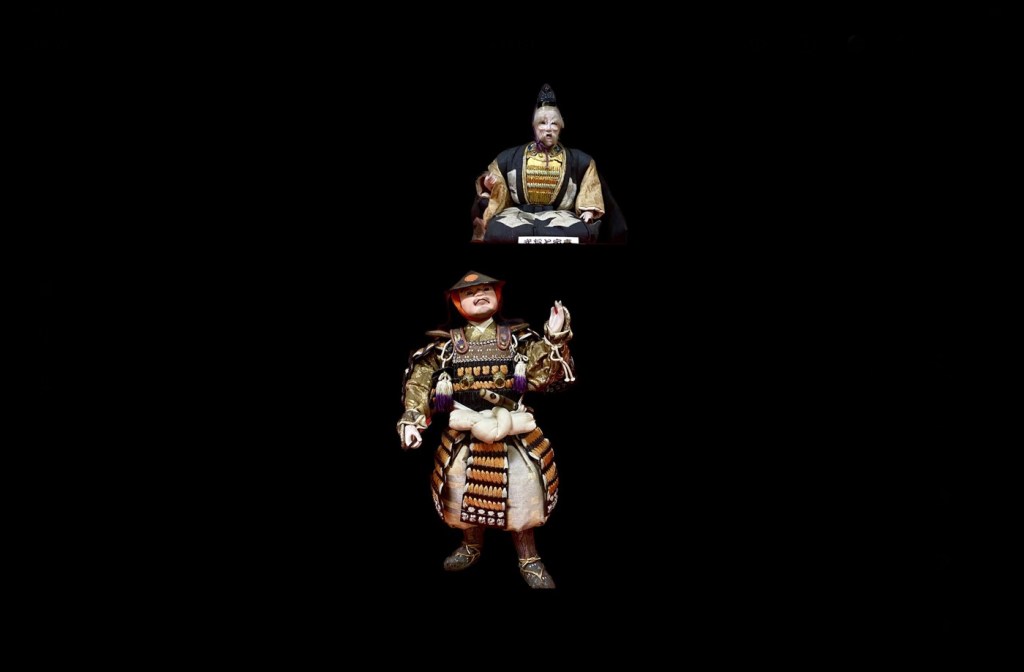



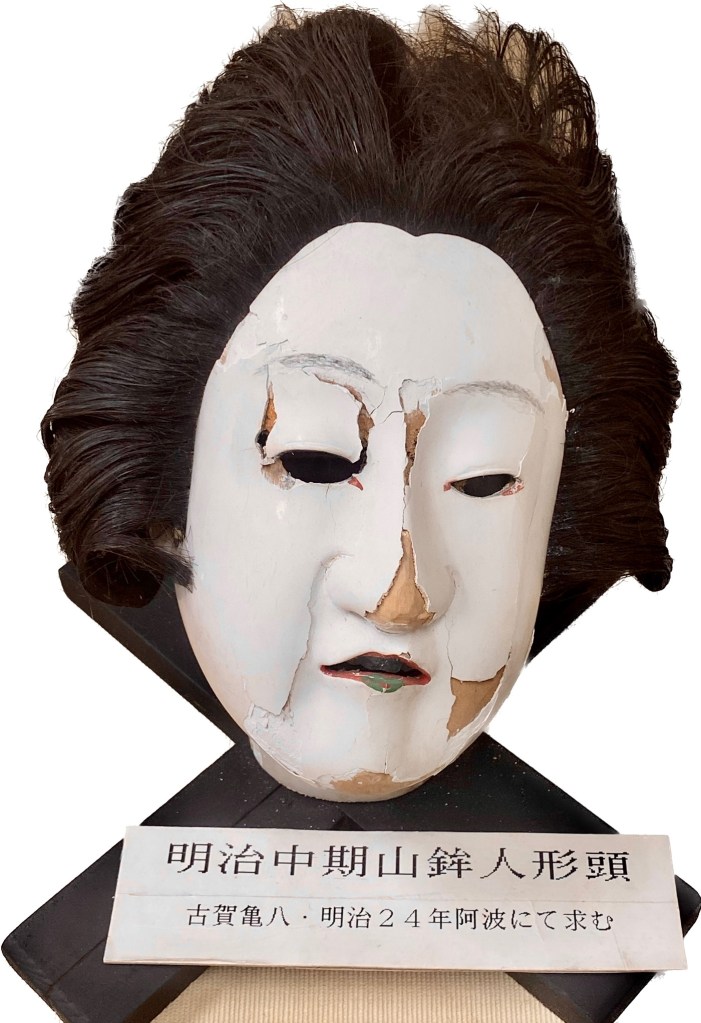


























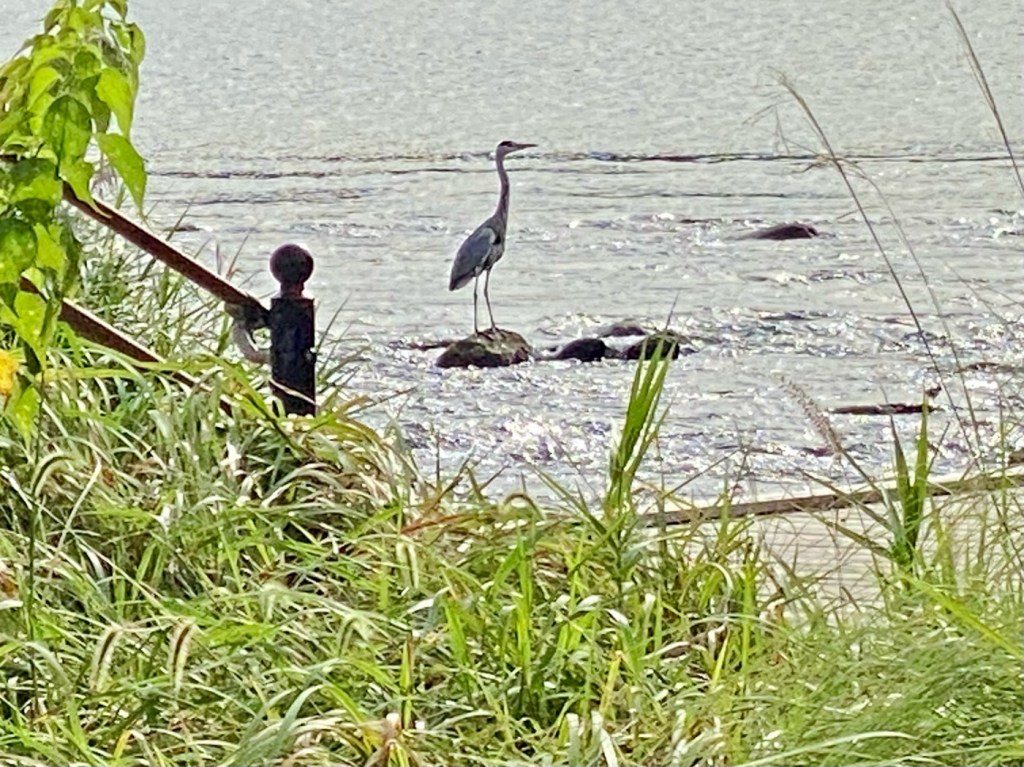

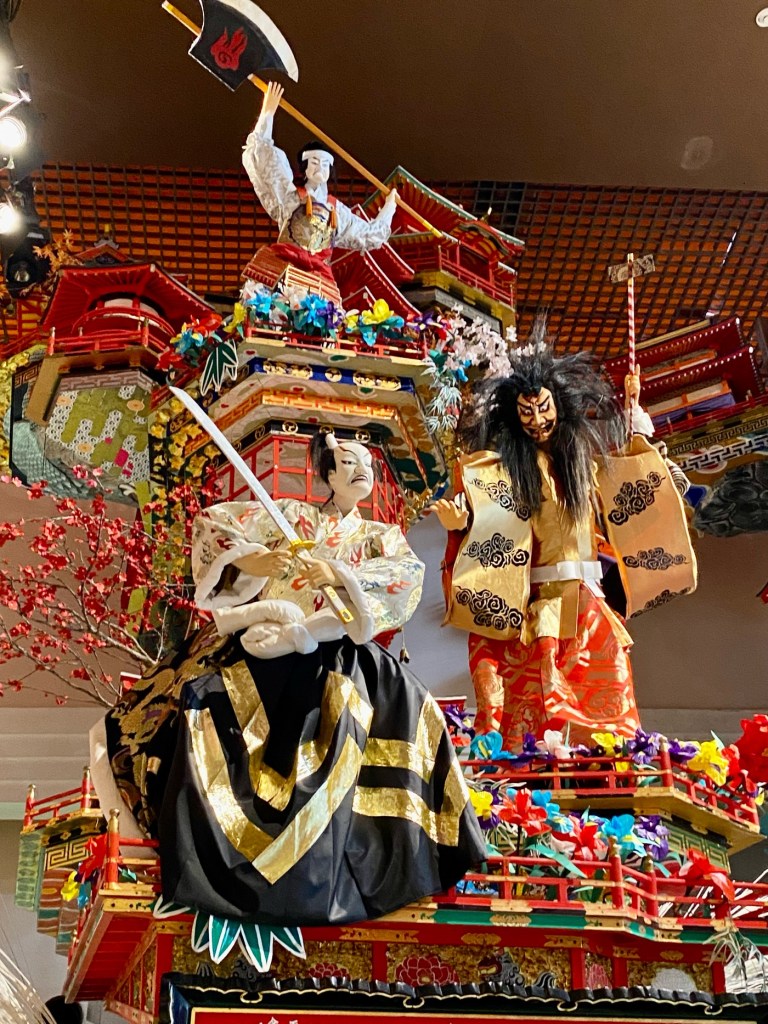









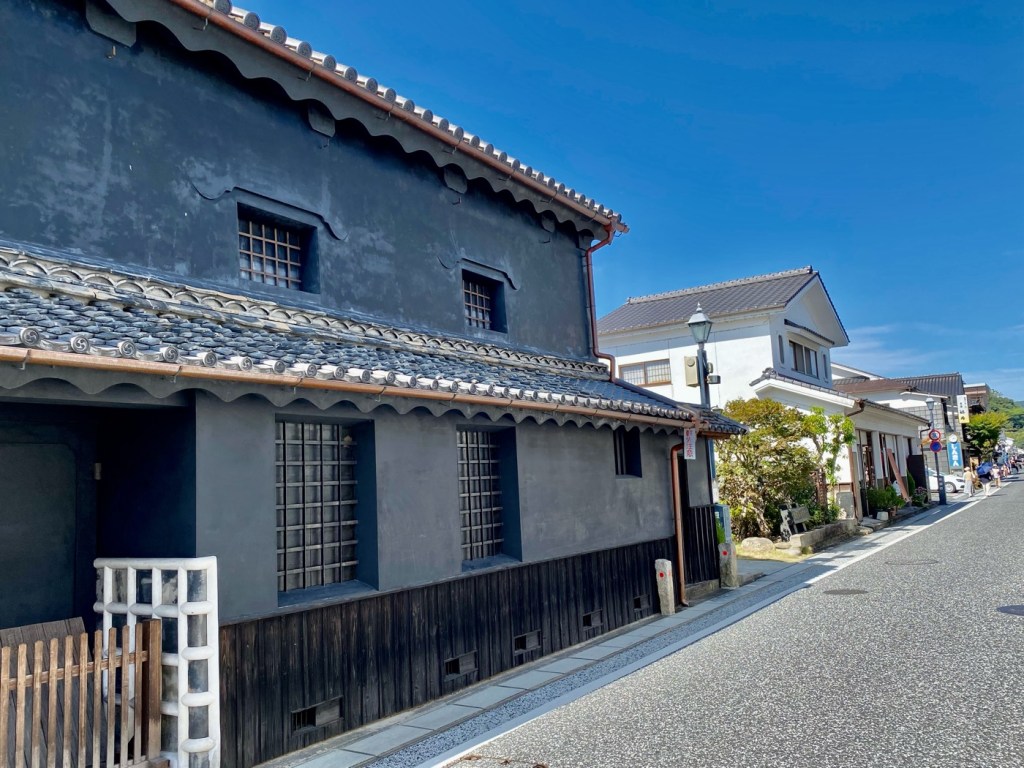
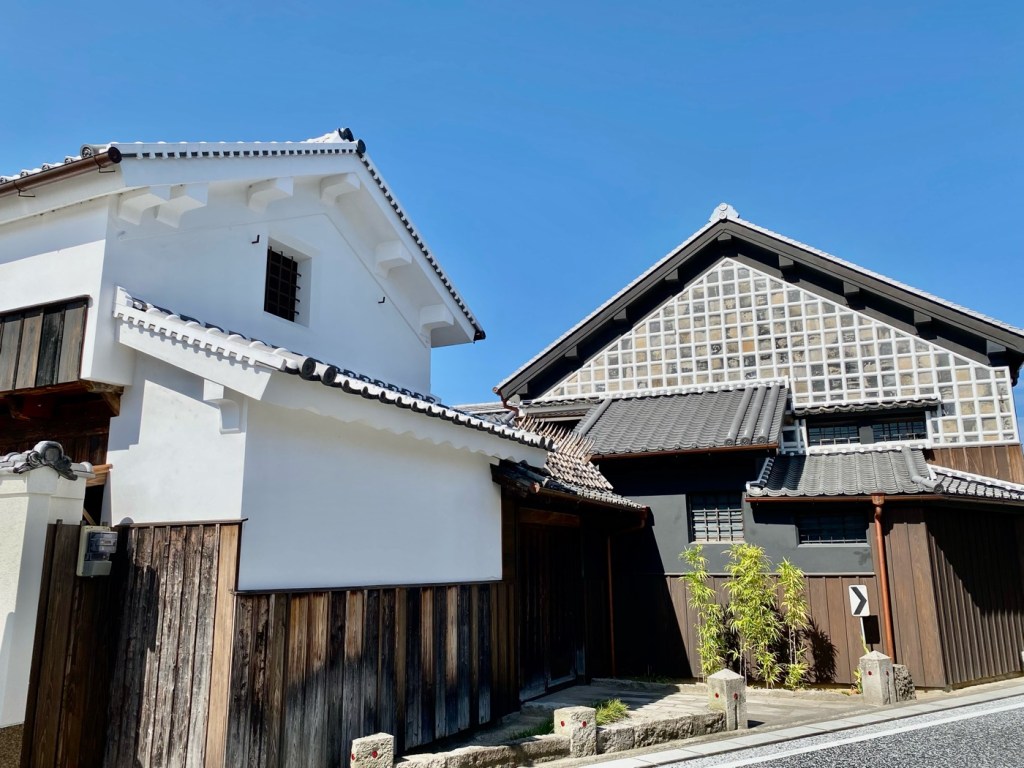


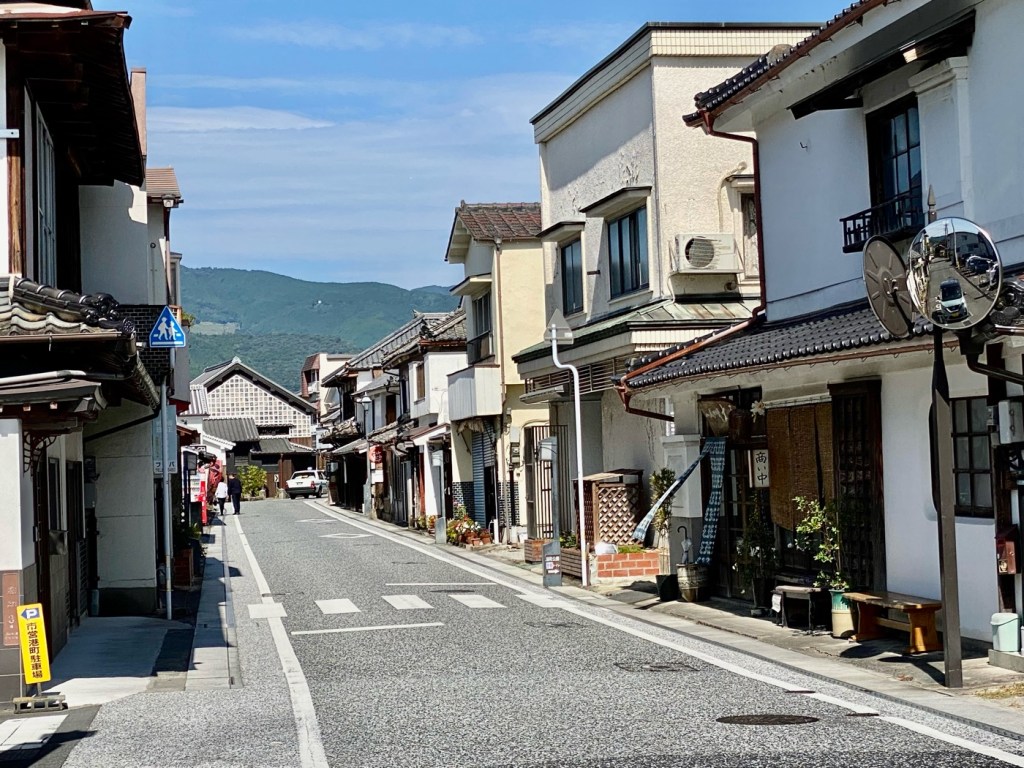

Day 12 - Tanushimaru And Strolling Around Hita Onsen, The Kyushu 108 Temple Pilgrimage, Japan
Today we visited the last two temples that can be reached from Kurume.
Our schedule was ambitious, but we have managed to visit all 13 temples that were in the area surrounding the city of Kurume.
This means that tomorrow, we can have a rest day.
It will be our first rest day since we started, and to be honest, I am looking forward to sleeping late and having no goals or deadlines.
Shinkoya-San Daishi Temple #5, is located in a small town called Tanushimaru, east of Kurume.
It is a tiny temple sandwiched between houses, but it has a long history.
The town of Tanushimaru is a place where the legend of Kappa has been circulating since ancient times.
In Japan, the legend of Kappa is told in many small towns and villages that have a river.
A Kappa is a frightening water creature that is known for pulling children underwater and drowning them.
Tales of this scary creature were often used to teach Japanese children to be careful when swimming in rivers and ponds.
Tanushimaru is a growing region, where the cultivation of fruits and crops is thriving, due to its fertile land located between two rivers, the Chikugo River and the Kose River.
Two stone pillars signal the entrance to Daishi-ji Temple.
A lady with her barking dog saw us coming and quickly ran into the house, leaving the barking dog tied up at the entrance.
We took our daypacks off by the main hall, but it was locked.
Inside the hall, there are statues of Aizen Myoo, Kobo Daishi, and the principal image is of Fudo Myoo.
We couldn’t see any of them, because the door was locked.
I could see through the large glass window of the house that the lady was putting on makeup before coming out to meet us.
She put on makeup foundation and mascara, lipstick and white powder on her forehead, nose and cheeks.
When she finished, she came out to collect our book and scroll for stamping them.
She didn’t offer to open the main hall for us, and I didn’t ask her to, thinking to myself that maybe she was in a hurry and wanted to go somewhere.
She even frowned a bit when I paid for the stamp with a ¥1000 yen bill, as if going back to the house to bring the change inconvenienced her.
The mission statement of the temple states:
“Our temple is known as a consultation center for everyone to share their concerns.
I try to cherish my daily encounters with visitors and to cultivate relationships.
Please come and visit us once!”
Well, we left quickly.
As we continued to walk, I thought about how the lady at the temple ran into the house to put on her makeup when she saw us.
Was she brainwashed to believe that she shouldn’t show her face in public unless she had makeup on?
I do remember that when I was sixteen, it was a common brainwashing idea, that it is ok to be without makeup when you were at home, but that you were considered untidy and even scruffy, if you went out of the house without makeup.
For me, that was decades ago.
Since then I completely disowned the idea that my naked face needs makeup to be presentable.
How did I ever believe this myth?…
But I noticed that I didn’t feel sympathy towards her.
Why did she have time to put on makeup to meet for a few seconds people that she will never see again, but not have time to smile at us or open the main hall for us….
Is it brainwashing, or vanity….
As we kept waiting, I remembered a woman I saw in the Onsen while we stayed in Fukuoka.
Before entering the baths, you have to wash your body very well and shampoo your hair.
This way you enter the hot springs bath clean, and the bath water will be clean for sharing it with others.
In Japan, many women shave their faces like men do, and virtually all women do it on their wedding day as part of their wedding preparations.
There are hair salons that offer special face shaving for women.
But the lady in the Onsen shaved everything, running the razor quickly and repeatedly on her shoulders and back as far as she could reach.
She wasn’t a hairy women, it was just her cleansing ritual.
Again, I thought to myself, is it vanity or are they brainwashed to believe that they are not feminine if they have a bit of hair on their shoulders and back….
Temple #95 Mt. Henjozan Myo-ji Temple, is located in the historic town of Hita Onsen.
Hita is a riverside town known for its thermal Onsen baths, a preserved merchant area called Mameda Machi, riverside Ryokan inns, night cormorant fishing, a yearly Hina Dolls festival and for its pure waters, that are used in the production of beer and soft drinks.
Along the river, there are houseboat cruises for tourists, offering Kaiseki-style meals.
Around town, there are many restaurants featuring grilled Unagi (eel) dishes.
Hita grew as a castle town in the late 16th century, and it has retained many buildings dating from the Edo (Tokugawa) period (1603–1867).
Beyond the appeal for tourists, Hita is also a place where rice is grown alongside wheat and vegetables in this fertile plateau.
Temple #95 Mt. Henjozan Myo-ji Temple, is a Fudo-Myoo temple located near Mameda Machi, the preserved merchant district.
People reported being miraculously healed from their illness, after visiting the temple while walking the 88 shrines in Shikoku.
After that, in 1915, the temple was moved to its current location in Hita.
The principal image is "Fudo Myoo" and the current statue is said to have been made by the priest Rigen Daishi.
The temple’s mission statement offers healing and a promise to “take care of Mizuko (water children).”
Water children are spirits of babies who died at childbirth or in the womb or by an abortion, and fear reincarnating again into the world.
The temple’s main hall is wide and beautiful and the doors were wide open to the public.
But nobody was around to stamp our book and scroll.
I rang the bell of the house on the premises, but nobody answered.
Finally we found the red ink to do the stamping ourselves.
We said our prayers and chanted and left to stroll around the town.
We have not yet visited many charming towns on this pilgrimage.
The countryside has been nice, but the small towns have been a collection of closed shops.
Hita had buses of tourists from Korea, small eateries and cafes, and beautiful old houses, at least in the merchant area.
Hita is famous for Yaki Soba noodles, stir fried with bean sprouts and scallions.
I was looking for a place to try the noodles.
The few small restaurants that advertised it on their menu had a line of tourists, but on my map, there was a stand selling Yaki Soba.
We walked there and the owner was happy to see us.
It was indeed just a stall, but he has set up a seating area in the shade, and even had a fan to provide a cooling breeze as we ate his noodles.
The trick to good Yaki Soba is to have a blend of soft noodles mixed with crunchy noodles which are a bit fried.
His version was great.
We continued walking along the river and saw the shabby floating restaurants that usually open in the evenings, in between the months of May-October.
There are fireworks on the weekends and an opportunity to view how the fishermen use lights to attract the fish, and then release the cormorant bird tied with a rope, to catch the fish.
The fish is then taken from the bird’s beak and the bird is given a reward.
We then visited the Hina Doll Floats Festival Museum.
It had an exciting display of the very tall floats that are carried by many men on the day of the festival through the streets of the town.
The floats were artistically decorated with human sized figures dressed in beautiful traditional patterns.
The museum also had a great display of Hina dolls, depicting royals, soldiers, samurai, ladies, children, priests and other figures from Japanese historical culture.
Today we did not walk much.
I wanted to make sure that we had enough time to walk around Hita onsen and see all the highlights.
I feel sad when we go through historic towns, but have no time to actually see them or enjoy our journey through rural Japan.
I promised Jules that I calculated all the kilometers we skipped and that we will make the distance up in later days.
Back in Kurume, we checked into our new hotel, because the comfortable onsen hotel we were staying at was fully booked for those nights.
Our new hotel is obviously a wedding venue, on account of its (faded) lavish design.
Because it is not a hotel used by business people; it has no laundry facilities, but there is a coin laundry just down the road, which we will go to tomorrow.
Our room is spacious with a suite sitting area.
Breakfast is served on a white cloth covered table, that is rolled into our room at the time we specified, by a suit and tie wearing employee.
The hotel is eerily empty.
It feels like we are staying at the movie set of the Grand Budapest Hotel, although this hotel is definitely not as grand and beautiful as the Grand Budapest.
But the classic furniture and the dated luxury features have clear similarities.
It is not unpleasant to stay in an empty hotel with faded glory.
Yes, all the walls need painting and the once glorious carpets need changing, but it was still very comfortable and we slept well.
Tomorrow, we can wake up late, as it is a rest day.
With love,
Tali
Stats: 19,519 steps
Today’s walk: 13 km
Kilometers walked to date: 218
Temples visited:
Shinkoya-San Daishi Temple #5
Tanso Fudo Son Myooji #95